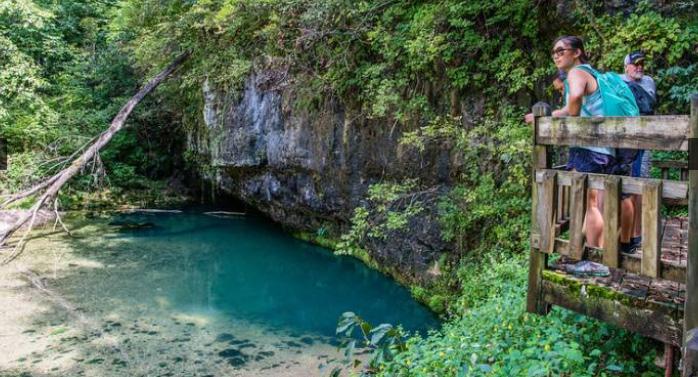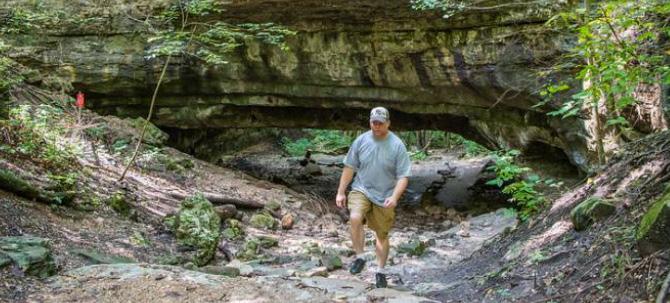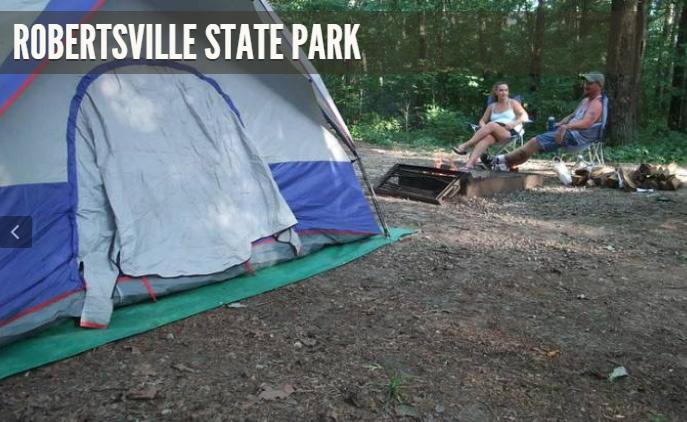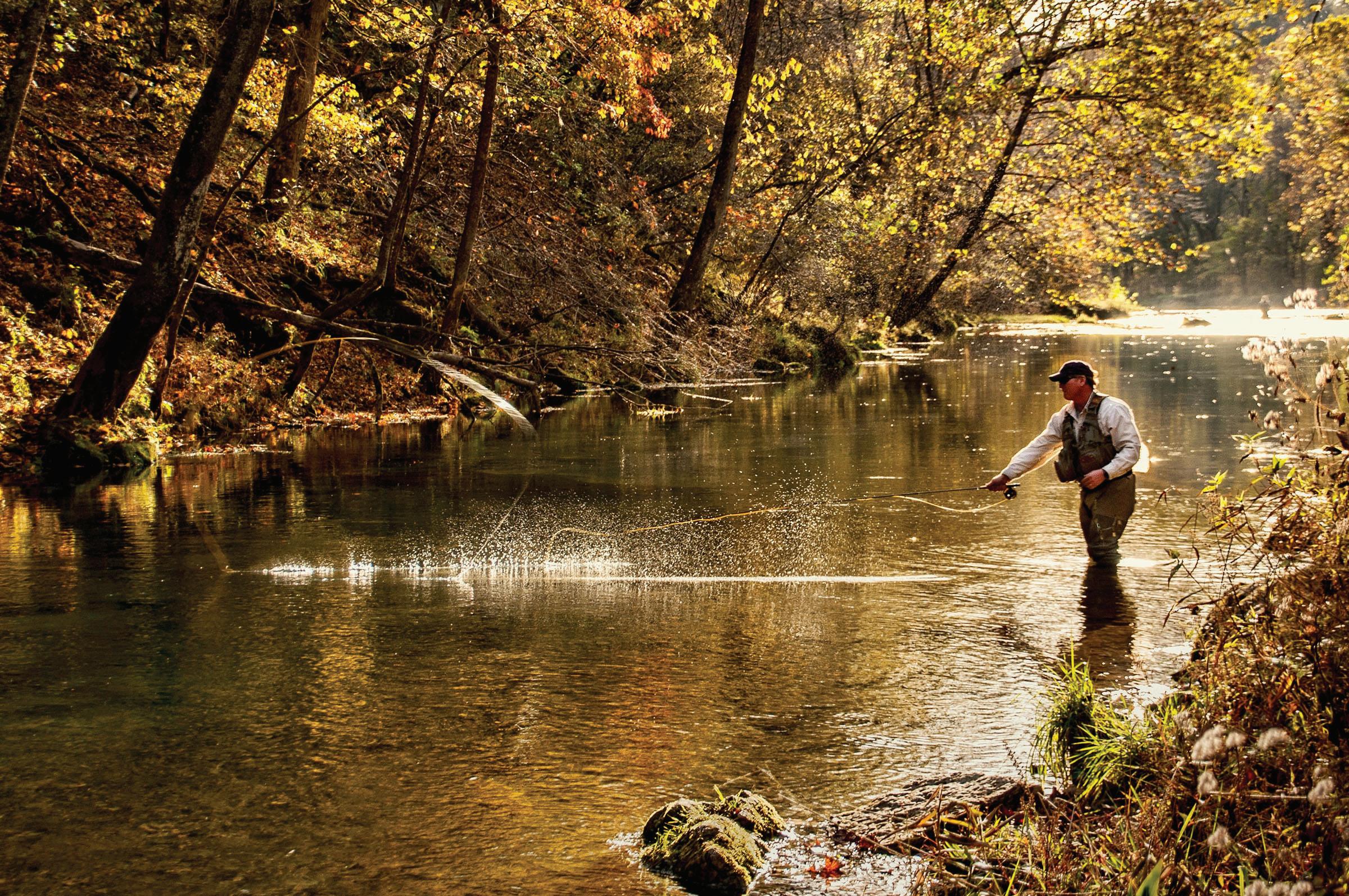
2 minute read
Conceptual Development Plans Guide Our Parks and Sites
Conceptual development plans, or CDPs, are an integral part of Missouri state parks. They are used at new and existing state parks and historic sites to guide their future uses and development while supporting the mission, purpose and direction of each facility.
“CDPs outline area use for zoning, site goals, development objectives, research needs and project phasing…all while taking into consideration those natural, cultural and recreational resources onsite, as well as public input,” said Ryan Dunwoody, planning section chief with Missouri State Parks. “Each CDP update entails collecting and reviewing relevant information, facilitating public engagement and drafting formal planning documents. We try to touch on every single aspect of what the land is, what the park will be and what we’re trying to make it.”
So, how exactly does a CDP work, and how does it affect the average park visitor? Every park and historic site follows a CDP that is updated every 15 years.
Creating or updating a CDP follows a structured process, comprised of five phases including data gathering, drafting, public feedback, finalizing the plan and implementation.
When a CDP is needed, a team of resource professionals and subject matter experts is assembled. Once this is determined, an onsite team meeting takes place and public surveys are posted online. Data gathering occurs, where site information obtained and public input is analyzed.
While the CDP is written or revised, the facility’s preamble and mission statement are reviewed, too. The preamble sets the stage for the mission statement by providing guiding principles and establishing a narrative on the history and significance of the park or historic site. The mission statement gives long-term facility direction dictated by the significant natural, cultural and recreational resources onsite.
Using the information gathered, the team drafts a CDP, along with a preamble and mission statement. To help narrow the focus of the CDP, additional public input on the proposed development objectives is encouraged, both through online surveys, as well as public meetings.
After analyzing public feedback, the CDP is finalized, published and then eventually implemented. While the goal is to have a CDP implemented in 12-19 months, the timeline is dependent on numerous factors, including facility complexity, scheduling with internal and external stakeholders, data collection and CDP team consensus, Dunwoody said.
The team takes into account what the public wants, as was seen in Shepherd of the Hills State Park CDP. The park was previously named Ozark Mountain State Park, but due to public requests and overwhelming support, the name was changed.



CDPs in process
The CDP for Bryant Creek State Park culminated in the opening of the park to the public on Sept. 23, 2022. Shepherd of the Hills State Park just wrapped the CDP process which was used to develop a funding request for the first phase of development. CDP updates in progress include Ha Ha Tonka, Elephant Rocks and Finger Lakes state parks and Scott Joplin House and General John J. Pershing Boyhood Home state historic sites.
For more information on the CDP process, visit our website at https://mostateparks.com/page/90071/ conceptual-development-plans .















